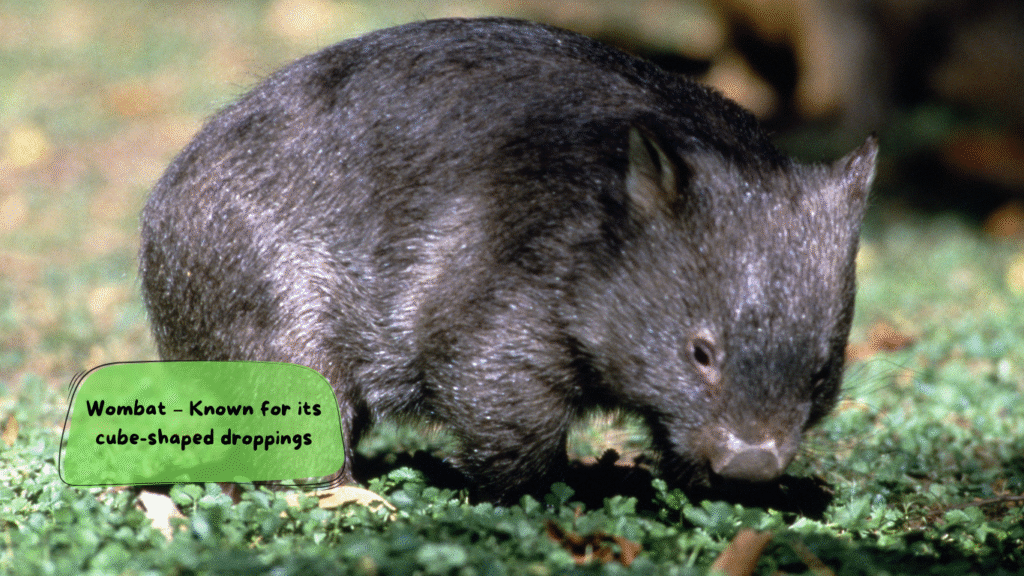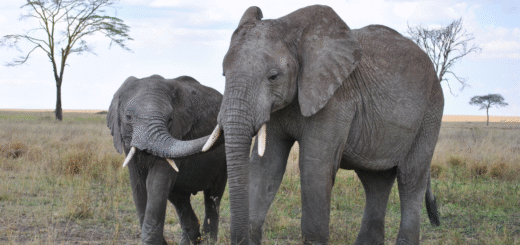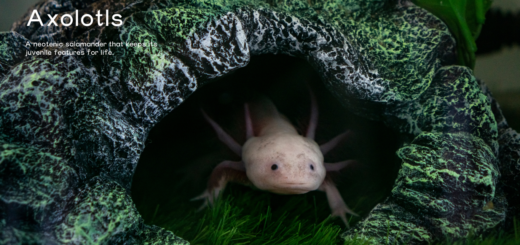Wombat: The Adorable Burrowing Marsupial of Australia
Wombat are one of Australia’s most beloved native animals. With their short legs, round bodies, and teddy bear-like faces, these marsupials have captured the hearts of wildlife enthusiasts around the world. But there’s more to wombats than just their cuteness—these animals are fascinating creatures with unique behaviors and biological traits.

What Is a Wombat?
Wombats are marsupials native to Australia. They belong to the family Vombatidae and are closely related to koalas. There are three species of wombats:
- Common wombat (Vombatus ursinus)
- Southern hairy-nosed wombat (Lasiorhinus latifrons)
- Northern hairy-nosed wombat (Lasiorhinus krefftii) – the rarest of the three
Each species varies slightly in habitat and appearance but shares common characteristics like powerful claws, nocturnal habits, and backward-facing pouches.
Physical Appearance
Wombats typically weigh between 20–35 kg (44–77 lbs) and measure around 1 meter (40 inches) in length. Their bodies are compact and muscular, which helps them dig complex tunnel systems. Their fur ranges in color from sandy brown to grey or black.
Where Do Wombats Live?
Wombats are found across southern and eastern Australia, including Tasmania. They prefer forested, mountainous, or grassland regions. Wombats are exceptional diggers and create extensive burrow systems that can stretch over 30 meters.
Wombat Habitat and Burrows
Wombats spend much of their time in burrows to stay cool during the day. These underground homes maintain stable temperatures and provide protection from predators. Some wombats share their burrows with other wombats or animals like echidnas.
Diet and Digestion
Wombats are herbivores. Their diet includes:
- Grasses
- Roots
- Bark
- Herbs
Wombats have incredibly slow digestion, taking up to 14 days to process food. This allows them to extract maximum nutrients from their low-energy diet. They are also known for their cube-shaped poop, which helps mark their territory and prevents feces from rolling away.
Behavior and Lifestyle
- Nocturnal: Wombats are primarily active at night.
- Territorial: They mark their area using scent glands and droppings.
- Solitary: Wombats usually live alone except during mating season.
- Fast when threatened: Despite their stocky build, wombats can run up to 40 km/h (25 mph) for short bursts.
Unique Wombat Features
Backward-Facing Pouch
Unlike most marsupials, wombats have a pouch that opens toward the back. This prevents dirt from entering the pouch while they dig.
Tough Rear Ends
A wombat’s rump is made of tough cartilage and acts as a shield against predators. If threatened, wombats dive into burrows and block the entrance with their behinds.
Cube-Shaped Droppings
Wombats are the only animals known to produce cube-shaped feces. This unusual trait helps keep their droppings in place, marking territory without the risk of rolling away.
Wombats and Conservation
While the common wombat is not endangered, the northern hairy-nosed wombat is critically endangered with fewer than 300 individuals remaining in the wild. Habitat loss, disease, and climate change pose threats to their survival.
How You Can Help:
- Support wombat conservation groups
- Report sick or injured wombats to wildlife services
- Drive cautiously in wombat zones
Fun Facts About Wombats
- A group of wombats is called a wisdom.
- Their teeth never stop growing—like rodents!
- Wombats can live up to 15 years in the wild, and over 20 in captivity.
Conclusion
Wombats are more than just cute, cuddly creatures—they are remarkable animals with a unique set of adaptations that allow them to thrive in harsh Australian landscapes. From their iconic cube poop to their backwards pouches, wombats continue to fascinate scientists and animal lovers alike. Protecting them ensures that future generations can enjoy these iconic marsupials in the wild.








